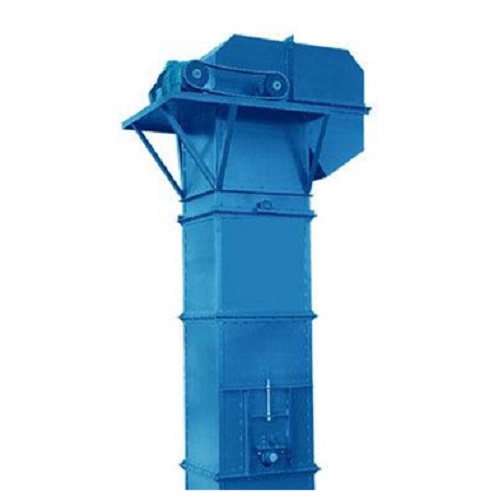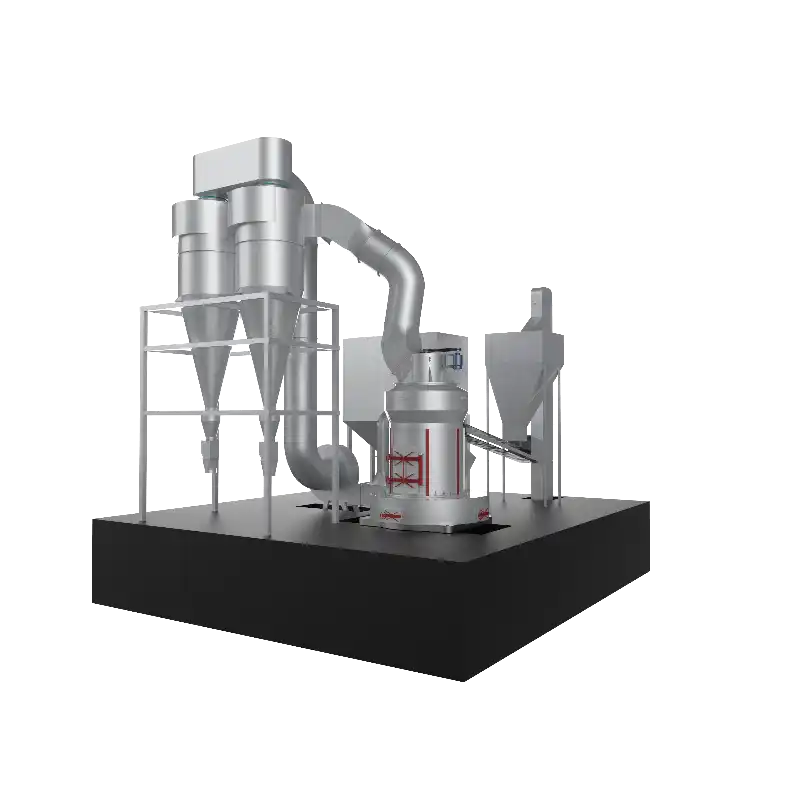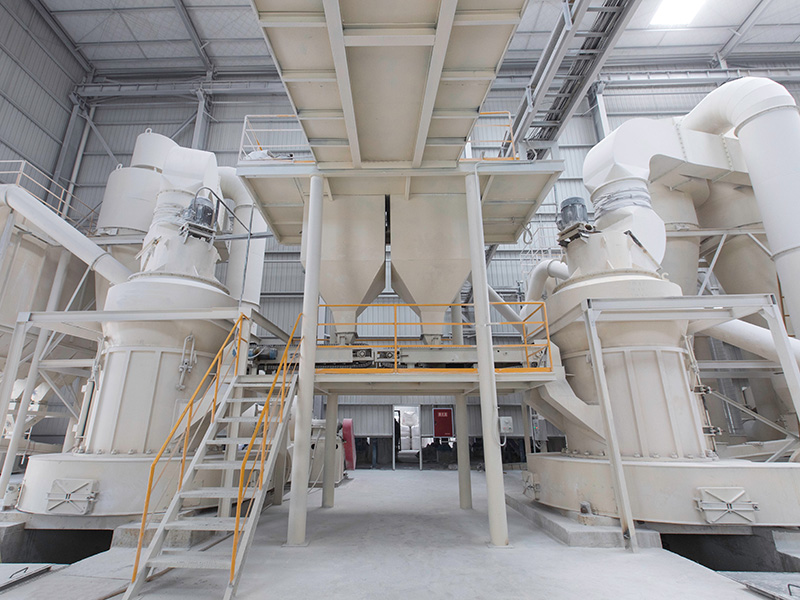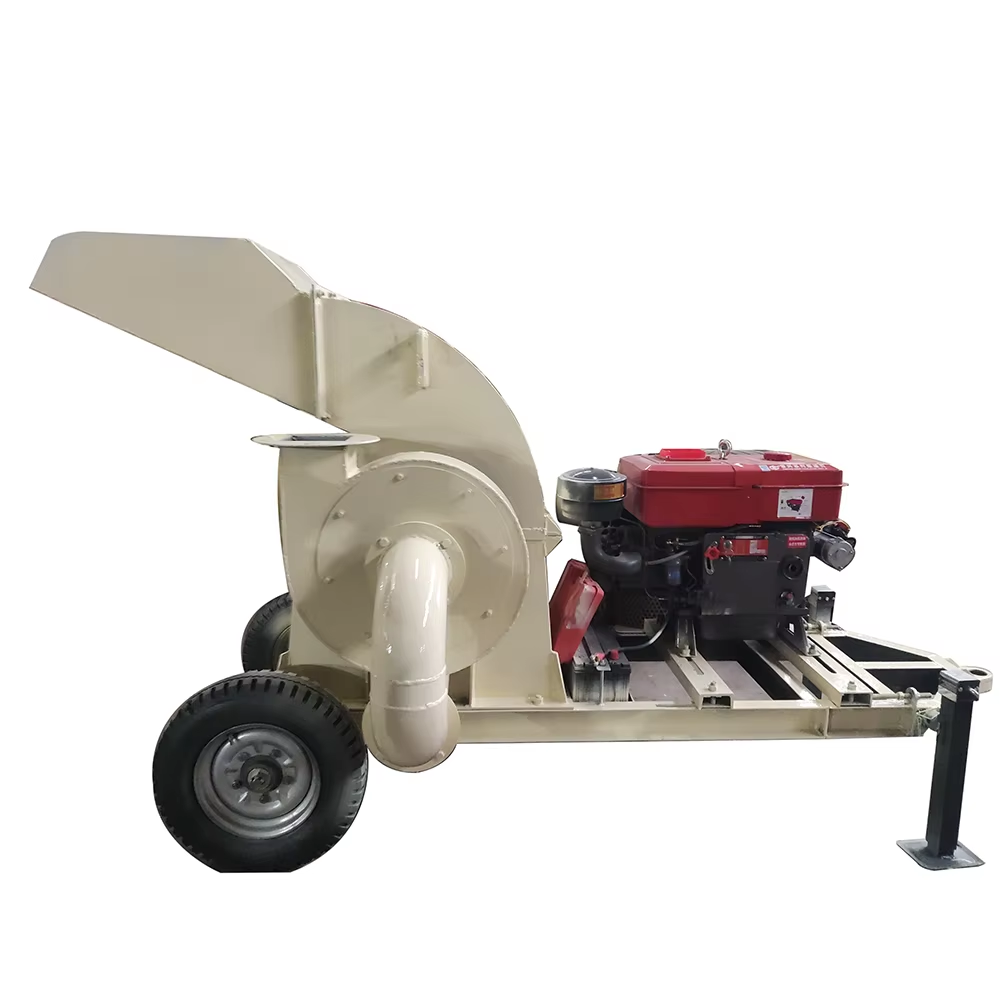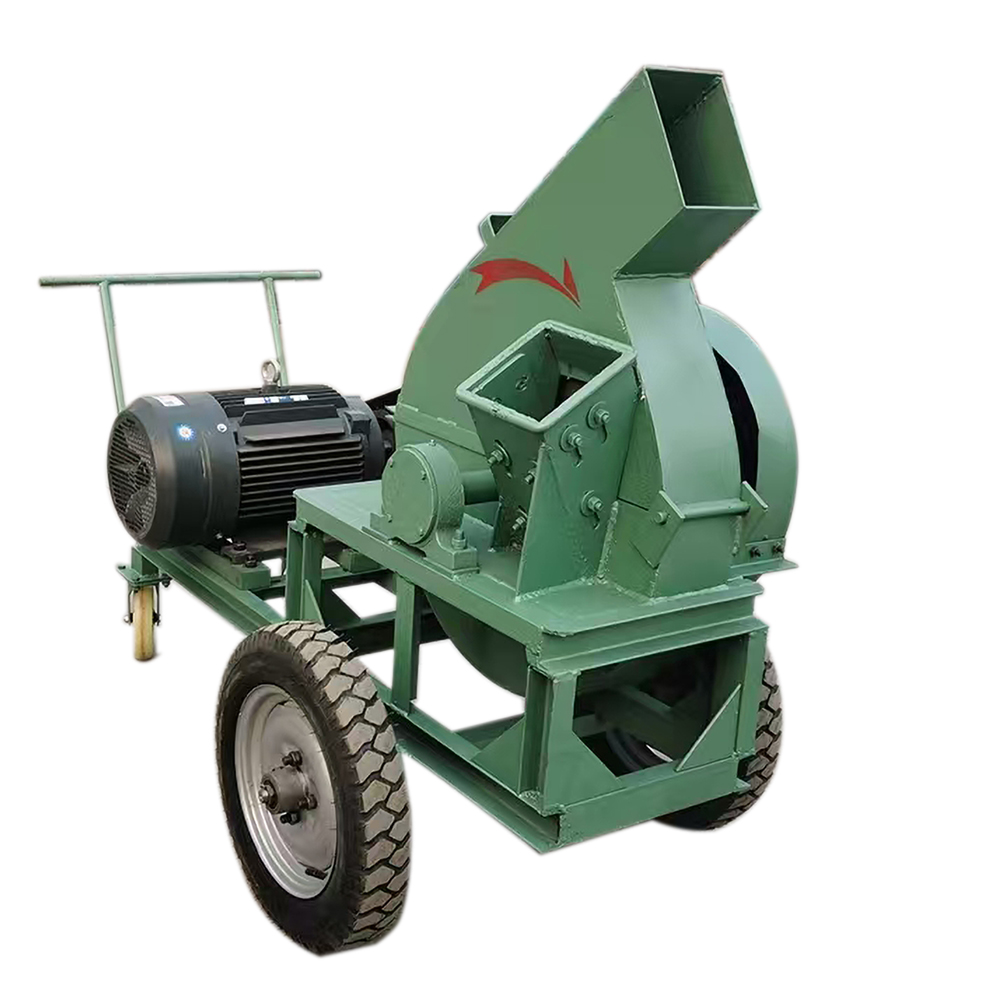Contents Catalog

Fly ash is a significant industrial byproduct. With its expanding applications, it has found widespread use in various fields, including construction, environmental remediation, and agriculture. As a renewable resource, efficient utilization of fly ash not only conserves raw materials but also reduces environmental pollution. Vertical roller mills, with their superior performance, have become key equipment for fly ash processing.
Overview of Fly Ash Vertical Roller Mill
A fly ash vertical roller mill is a highly efficient grinding machine suitable for a variety of mineral raw materials, including cement raw meal, clinker (including slag), coal, and gypsum. It is widely used in cement manufacturing, metallurgical processing, chemical production, and for grinding non-metallic and non-ferrous metal minerals. It has also achieved significant success in coal grinding in power plants. Designed specifically for processing large particles requiring fine grinding, the vertical roller mill is particularly well-suited for fly ash processing, effectively increasing fly ash utilization.
Key Technical Parameters:
| Specification | Value |
|---|---|
| Production Capacity | 65-80 tons/hour |
| Fineness | 80-600 mesh |
| Maximum Feed Particle Size | 40 mm |
Working Principle of Fly Ash Vertical Roller Mill
During the fly ash processing process, the vertical roller mill utilizes advanced structure and grinding technology to achieve efficient crushing and classification:
Feeding: The raw material is fed into the center of the grinding disc through a feeder and moved toward the edge of the grinding disc under centrifugal force.
Grinding: The grinding rollers, under hydraulic or spring pressure, crush the raw material to form a material bed (laminated crushing principle), fully releasing the active ingredients in the material.
Classification: The airflow conveys the fine powder to the top classifier, while the coarse powder falls back to be reground. The qualified fine powder is then conveyed to a collector, such as a cyclone separator or bag filter.
Product Collection: The fine material is separated by a dust removal system, and the exhaust gas is purified before discharge to ensure environmental protection.
Advantages of a Fly Ash Vertical Roller Mill
A fly ash vertical roller mill offers many significant advantages, making it an ideal choice for fly ash processing:
Low Construction Cost: Compared to traditional ball mills, a vertical roller mill system requires approximately 50% less floor space and costs approximately 70% less. It integrates crushing, drying, grinding, grading, and conveying, simplifying production line configuration and allowing for outdoor installation, thus reducing investment costs.
Low Operating Cost: A vertical roller mill offers high grinding efficiency and low energy consumption, saving 40%-50% compared to a ball mill. The grinding rollers and liners are made of high-chromium, wear-resistant material, resulting in minimal wear and a long service life, reducing maintenance and replacement costs. An optional external recirculation system further reduces power consumption.
Efficient and Stable Performance: The precise fit between the grinding rollers and grinding discs ensures high grinding efficiency and uniform fineness of the fly ash. The equipment’s sorting system precisely controls the fineness and particle size distribution of the fly ash, ensuring high-quality finished products. This significantly improves the strength and durability of the finished product, particularly in cement and concrete production.
Environmentally Friendly Design: The sealed structure of the vertical roller mill effectively prevents dust from escaping, reducing environmental pollution. The equipment operates with low noise and vibration, and the system maintains negative pressure, effectively isolating dust and protecting the health of operators.
The Role of the Fly Ash Vertical Roller Mill in Fly Ash Processing
Fly ash, as an environmentally friendly building material, has a wide range of applications. Its application potential is greatly enhanced through fine processing in a vertical roller mill:
Concrete and Cement Manufacturing: Fly ash processed in a vertical roller mill has a uniform fineness and can be used as an admixture in cement and concrete. This not only improves the performance of concrete, but also increases its strength and durability, reduces cement usage, and reduces carbon emissions.
Fill and Roadbed Construction: Efficiently ground fly ash produces finer particles, making it suitable for infrastructure construction such as roads and railways. It improves soil structure, reduces soil expansion and contraction, and enhances foundation stability.
Environmental Remediation: Fly ash processed in a vertical roller mill produces more uniform particles, making it suitable for use in environmental remediation applications such as soil improvement and wastewater treatment, providing a new approach.
Fly Ash Vertical Roller Mill parameter comparison table
| Model | CRLM1300 | CRLM1500 | CRLM1700 | CRLM2000 | CRLM2200 | CRLM2500 | CRLM2800 | CRLM3400 |
|---|---|---|---|---|---|---|---|---|
| Capacity (t/h) | 20-24 | 25-34 | 38-48 | 65-80 | 90-105 | 110-125 | 125-155 | 190-240 |
| Max Feed Particle Size (mm) | 20 | 20 | 25 | 30 | 35 | 40 | 40 | 45 |
| Raw Material Moisture (%) | <10 | <10 | <10 | <10 | <10 | <10 | <10 | <10 |
| Raw Meal Fineness (R0.08) | ≤12 | ≤14 | ≤15 | ≤15 | ≤15 | ≤15 | ≤15 | ≤15 |
| Raw Material Moisture (%) | ≤1 | ≤1 | ≤1 | ≤1 | ≤1 | ≤1 | ≤1 | ≤1 |
| Main Motor Power (kW) | 200 | 280 | 400 | 500 | 800 | 1000 | 1250 | 1800 |
| Weight (t) | 56 | 68 | 88 | 115 | 188 | 220 | 270 | 480 |
Note: The grindability of raw material (Bond index) ≤12 kWh/t.
The above data is for reference only. Please refer to the actual product or product specifications for specific information.


